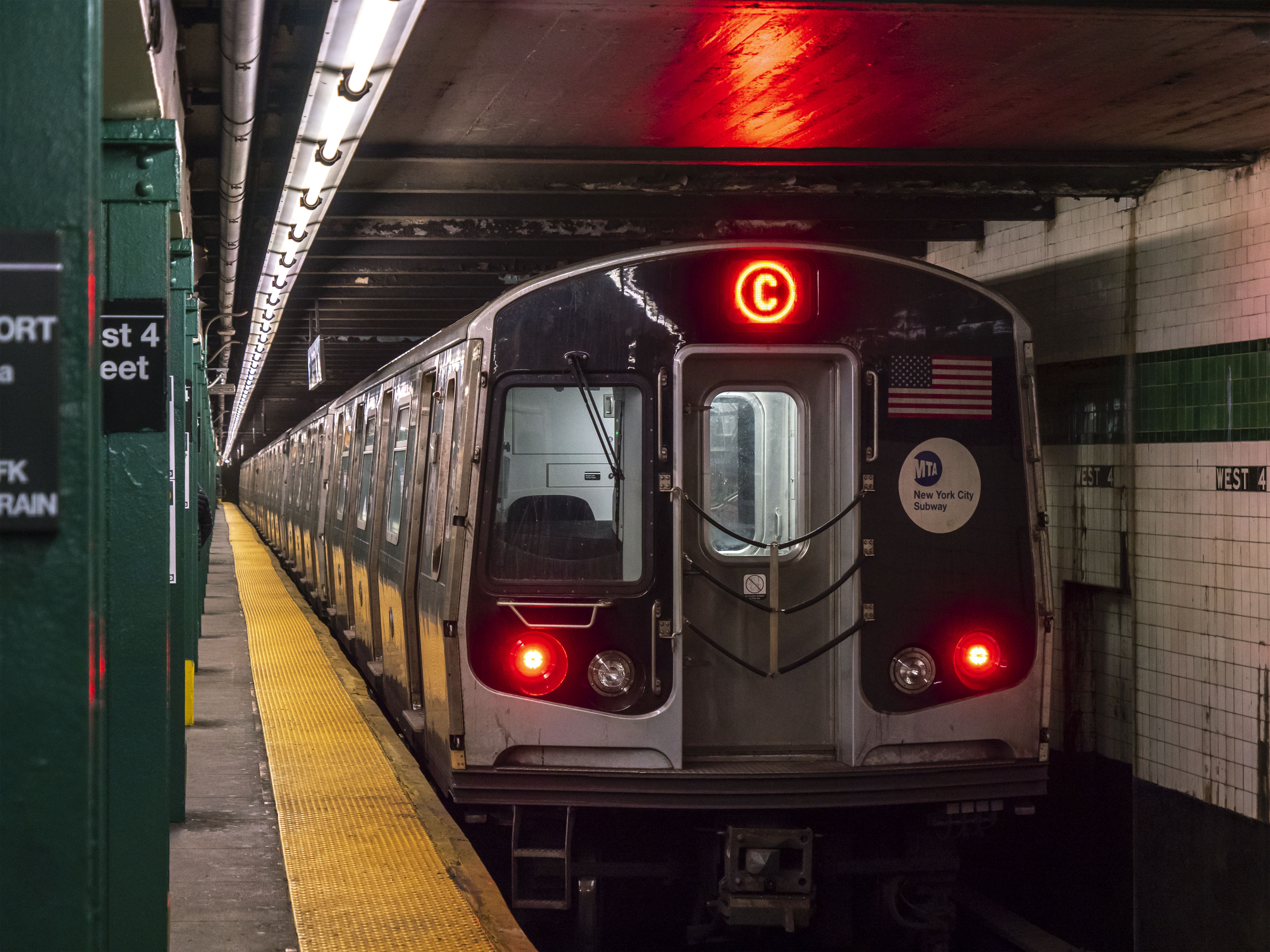

In optimal cases, measuring only movement and not taking in to account wasted movement, some EVs can match the efficiency of some trains while moving point to point (assuming none of that movement is wasted). But we know there are some inefficiencies and externalities that decrease that efficiency. Let’s see if we can fix them.
Parking is the biggest problem with everyone having a car. Looking for parking is necessarily wasted.
How much traffic stems from cruising for parking? Table 1 summarizes the results of 22 studies of cruising in 15 cities on four continents, dating back to 1927. According to these findings, cruising for parking accounted for between 8 and 74 percent of traffic in the areas studied, and the average time to find a curb space ranged between 3.5 and 15.4 minutes. On average, 34 percent of cars were cruising, and the average time it took to find a space was eight minutes.
https://transfersmagazine.org/magazine-article/issue-4/how-much-traffic-is-cruising-for-parking/
Holy fuck! That’s a HUGE amount of waste in a good scenario. Crazy, like 95% of the time cars are parked anyway. This is just insanely poor design. Let’s fix that. OK, so the first thing we need to do is find some way to share those vehicles. This would also fix the problem where people keep buying larger and more inefficient EV trucks. How can we do that? Maybe we could have some kind of car share program or something, like lyft and Uber. Oh yeah, those are super inefficient actually and really abusive to their employees. We really need some kind of automated system, like some kind of robotaxi to avoid that car parking problem. OK, so let’s make a fleet of autonomous taxis that drive around the city based on some kind of optimized pattern. Great, now we’ve eliminated (or at least limited) the parking problem.
But you know, it would be easier to share these taxis if we didn’t go door to door. Like, maybe we could have well defined routes for these autonomous taxis. Autonomous driving technology is actually really awful and gets confused really easily. It’s much easier to travel specific routes anyway. Great, now we have a bunch of cars that travel specific routes so people can share the cars. We drop some inefficacy by not having every car go door to door as well. Excellent.
OK, but now every taxi has a computer on board. They all have to keep track of each other’s movements. We’re definitely losing some efficiency here. Let’s combine some of them. We could cut a few of them up and weld the passenger compartments together to make long taxis. Then we could physically connect a few of the long taxis together so they can have centralized control. Great.
There’s still a lot of starting and stopping though to pick everyone up. What if we shared the getting on and getting off time. What if we made some kind of shared taxi stop and then everyone who wanted to get on or off could just wait at the stop and get on and off at the same time. Can’t really argue that that wouldn’t be better.
You know, if we have these shared routes and shared stops I bet we could get rid of even more of the complexity by just putting the whole thing on a track and getting rid of the whole steering controls. That would take less computers, so it would be more efficient. Oh wow, if we have a track we could also get rid of those heavy metal microplastic spewing tires. OK, so now we’ve got big metal taxis that are linked together and travel on a track with metal wheels.
I wonder if we could take better advantage of that shared entry and exit stations by running on some kind of schedule. Then a bunch of people could gather together and all get on our off at the same time instead of having to individually call for taxis when it’s convenient for them.
Oh, wait, every single one is still carrying it’s own battery. It’s way more efficient to move electricity itself than moving batteries. Since we’re already running on a track, we can take the batteries out and have some kind of central power delivery via maybe overhead cables or something.
OK, so we’ve made EVs more efficient by making them shared, getting rid of wasted space, eliminating some of the excess from trips, running them on a schedule and a track, making specific stops, and taking out all the extra battery weight. Let’s take a look…

Huh. Interesting.
I wonder if we could like… put it in some kind of underground tube and maybe electrify the rails for power delivery instead. You know, to get rid of the problem of it getting stuck in traffic…

Huh. Cool. I guess I accidentally did an Adam Something.
You go back and tell me which of these proposed efficiency improvements actually reduces efficiency and we’ll talk.








Liberals would rather blame leftists than actually fight fascism.